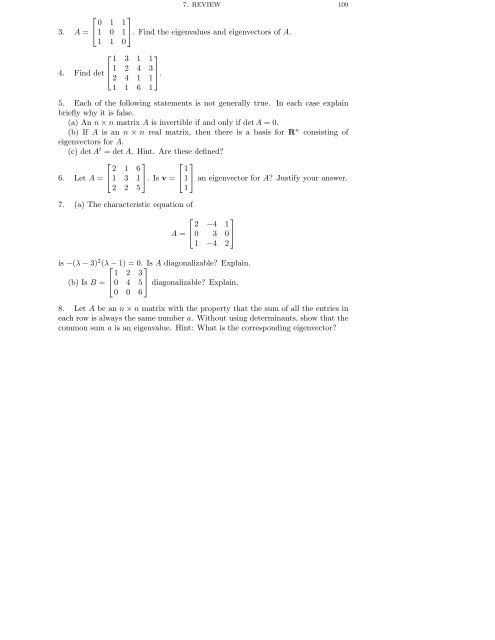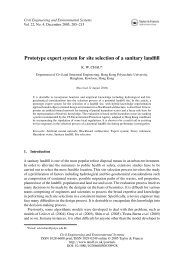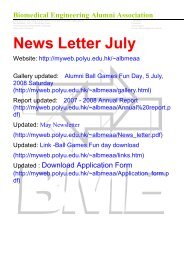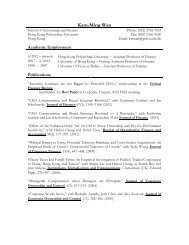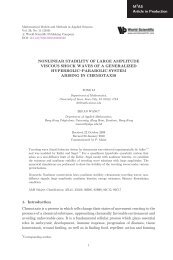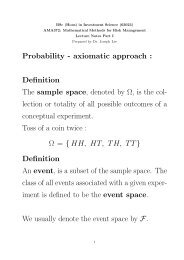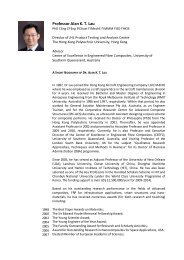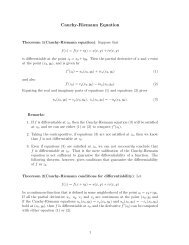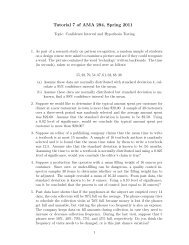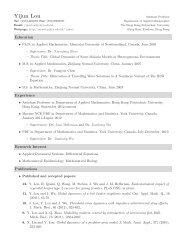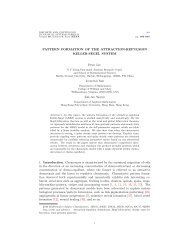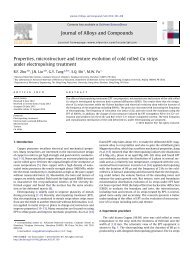DETERMINANTS AND EIGENVALUES 1. Introduction Gauss ...
DETERMINANTS AND EIGENVALUES 1. Introduction Gauss ...
DETERMINANTS AND EIGENVALUES 1. Introduction Gauss ...
You also want an ePaper? Increase the reach of your titles
YUMPU automatically turns print PDFs into web optimized ePapers that Google loves.
7. REVIEW 109⎡3. A = ⎣ 0 1 1⎤1 0 1⎦. Find the eigenvalues and eigenvectors of A.1 1 0⎡⎤1 3 1 1⎢ 1 2 4 3⎥4. Find det ⎣⎦.2 4 1 11 1 6 15. Each of the following statements is not generally true. In each case explainbriefly why it is false.(a) An n × n matrix A is invertible if and only if det A =0.(b) If A is an n × n real matrix, then there is a basis for R n consisting ofeigenvectors for A.(c) det A t = det A. Hint. Are these defined?⎡6. Let A = ⎣ 2 1 6⎤ ⎡1 3 1⎦.Isv=⎣ 1 ⎤1⎦an eigenvector for A? Justify your answer.2 2 517. (a) The characteristic equation of⎡A = ⎣ 2 −4 1⎤0 3 0⎦1 −4 2is −(λ − 3) 2 (λ⎡− 1)=0. IsAdiagonalizable? Explain.(b) Is B = ⎣ 1 2 3⎤0 4 5⎦ diagonalizable? Explain.0 0 68. Let A be an n × n matrix with the property that the sum of all the entries ineach row is always the same number a. Without using determinants, show that thecommon sum a is an eigenvalue. Hint: What is the corresponding eigenvector?


